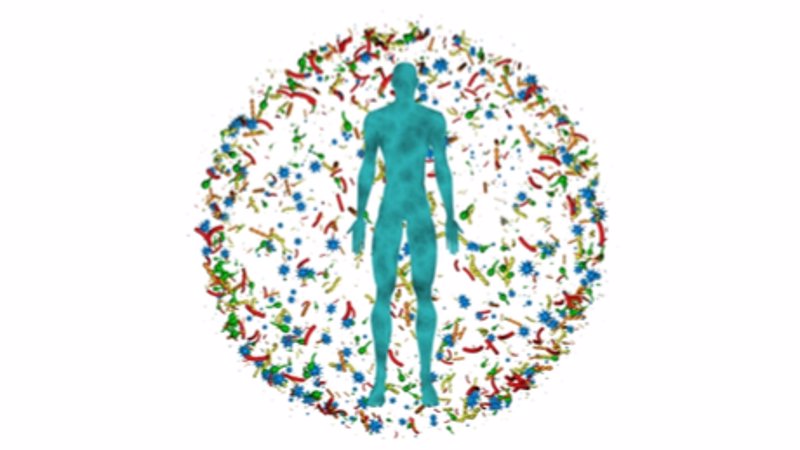
News
How many bacteria cells really exist in a human body: 1.3:1 to replace 10:1?
In a paper published in 2016, Sender and colleagues1 explain that the numbers used for the 10:1 ratio were from crude measures of assessment.
For the total number of human cells, 1012 – 1014 was often quoted, and this was based on a 100kg man consisting of mammalian cells that have a volume of 1,000-10,000µm3. However, the researchers describe an alternative method that does not use an average cell count, but instead calculates based on cell type, resulting in a revised number in the order of 3 x 1013 (30 trillion) human cells in a 70kg ‘reference adult man’.
The figure, 1014 - 1015, that has often been quoted for total number of bacteria in humans, dates back to the 1970s when it was assumed the alimentary tract was 1 litre, with a constant bacterial density of 1011 bacteria/g of wet gut contents. However, such a high concentration of bacteria is only found in the colon, which has a volume of 0.4 litres. A revised estimate for the total number of bacterial cells in the gut of a 70kg reference adult man is 3.8 x 1013… that’s 38 trillion bacteria!
Using these updated figures of 3.8 x 1013 bacteria in the body and 3 x 1013 human cells, for a ‘reference adult man’, the ratio of bacteria to human cells is around 1.3:1.
These revised calculations suggest that there are at least as many bacterial cells as there are human cells in our bodies, as opposed to there being 10-fold more bacteria. This does not take away from how important these microorganisms are and how many exist - if one considers that a typical bacterium is 1 micrometre (i.e. one millionth of a metre) in length, then 30 trillion bacteria linked one after another would make up a chain almost long enough to encircle the earth!
1 Sender, Fuchs & Milo (2016) Revised Estimates for the Number of Human and Bacteria Cells in the Body PLoS Biol 14(8): e1002533
13/04/18
